Data from renewable energy analyst SunWiz shows panels with 30-year performance warranties captured market share over 2022, with a similar trend occurring for 25-year product warranties. While founder Warwick Johnston tells pv magazine Australia he saw a small rebound in shorter warranties over this period as well, he says this is likely from an uptick in minor brands which tend to have shorter warranties, rather than manufacturers secretly reducing warranty periods.
This data confirms a much longer trend of solar warranty inflation, with SunPower Maxeon notably changing the pace in 2022 with the introduction of a 40-year warranty, a move which sparked extensions from other brands like Trina Solar.
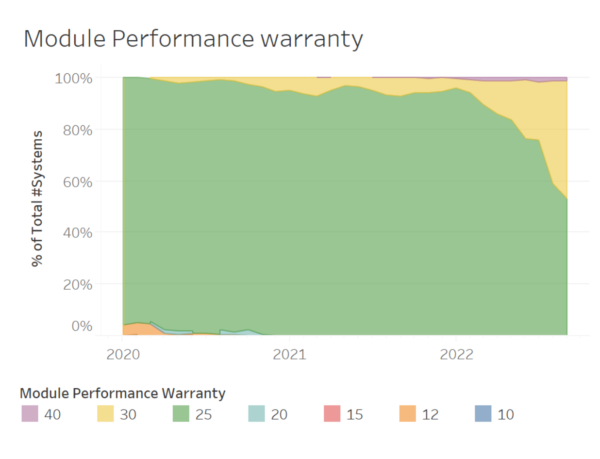
Intended to ease fear, these exorbitant warranties incite the opposite in some Australian installers, including MC Electrical’s Mark Cavanagh. He has focused attention on solar warranties for the past three years and has been alarmed by how unreasonable many of the disclaimers within the documents are. When asked how much faith he has in solar warranties, he told pv magazine Australia: “I think zero percent.”
Cavanagh’s anxiety is that these warranties promise his customers something that manufacturers put little weight on actually delivering. “At the end of the day, it’s not the general managers of these manufacturers that are left with the hand grenade, it’s me,” Cavanagh says.
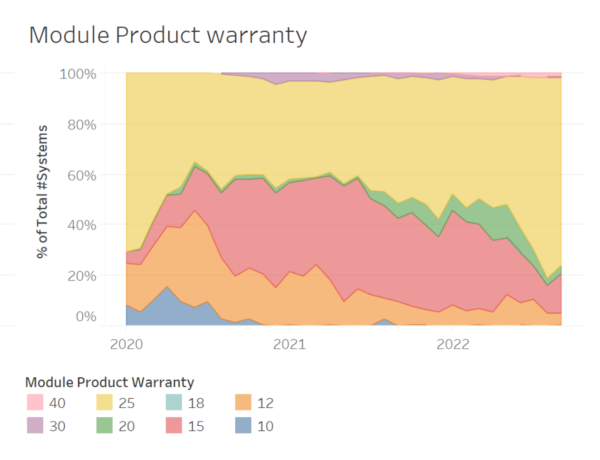
Unreasonable warranty disclaimers
While the list of warranty exclusions can be long and varied, one of the most uniform and problematic clauses is around shading.
Most manufacturers’ installation and user manuals state panels must not be shaded, ever.
In real life, there are very few rooftops that could meet this criteria. But these manuals must nonetheless be followed if warranties are to be claimed.
For Cavanagh, this begs the question: why are manufacturers able to promise their panels can perform up to 25, 40 years when this guarantee doesn’t have to hold true in real life situations?
Solar Analytics’ Head of Business Development, Nigel Morris, agrees these shading clauses which lead to warranty breaches are a “potential shit fight.”
Morris says manufacturers can use any number of clauses to squirm out of warranties – obviously undermining their whole premise.
What goes into writing warranties
Cavanagh thinks manufacturers approach to warranties are “flippant” – a sentiment that Morris’ experience has largely confirmed.
Morris has worn many hats in his decades in solar, having written warranties and disputed them. He says like most products, warranty duration is as much a function of the marketing and business team as it is hard science and testing data.
“Solar has just ended up being this ridiculously long warranty,” Morris tells pv magazine Australia. “Of course, the devil is in the detail.”
Warranties are usually customised to different markets and in Morris’ experience, the amount of attention paid to warranty documents varies significantly between manufacturers.
Warranties and Australian consumer law
What is often overlooked in warranty discussions is the fact warranties can’t preclude anything that would be covered by Australian consumer law, Morris says. “Over the years, I’ve seen countless documents that contradicted it.”
“Half the time [manufacturers] just fuck it up and they put warranties out that actually wouldn’t hold up in law.”
Another thing most solar owners and many installers don’t grasp is that under Australian law customers have “extremely strong consequential losses protection,” Morris says. That is, if a panel or system underperforms or fails for a period of time, compensation can be claimed for lost generation.
The issue here is that the costs associated with solar systems, be it the cost of replacing panels or claiming lost generation, are usually not significant enough to really warrant a protracted legal battle. Which means warranty claims often come down to the relationships between installers, suppliers and manufacturers.
Warranty ‘hand grenade’
If lady luck is on your side, customers might have panels where issues show up quickly, perhaps belonging to a faulty batch. In that case, it can be relatively easy to replace the panels on the system since the installer and manufacturer are likely often sending orders back and forth. If the claim falls outside these parameters though – say the panels are more than five years old or the installer has stopped working with the brand – the already convoluted process can take on all kinds of new difficulties.
For installer Cavanagh, it comes down to this: if the warranty claim is too hard to push ahead with, his company will just replace the customer’s solar system for the sake of maintaining reputation.

Cavanagh fears such practices could potentially ruin his company in the future though as the volume of installs increase and the landscape of solar manufacturers change. This is especially worrying for him since he plans to pass his business down to his children.
“We’re going to be sunk,” Cavanagh says, referring to the fact it is ultimately installers who are faced with unhappy customers holding document promising a panel lifetime which is longer than the manufacturer’s own.
Of course, installation companies can and have run from the hassle, creating a phenomenon of ‘solar orphans.’ But for legitimate install businesses with a longterm visions, this is hardly a viable route.
Given his deep distrust of warranty documents, Cavanagh’s strategy is to focus on panel build quality, only deploying quality products which he thinks will stand the test of time. He spends much time in his warehouse inspecting panels, and while all manufacturers can have batch failures, he says there is a notable difference between “quality” brands which spend money on extensive research and development and their cheaper counterparts.
This “premium” label hardly eases warranty claims though, Cavanagh says. MC Electrical was formerly a major installer of the SunPower Maxeon brand, Cavanagh says, but not long after the company came out with its 40-year warranty, one of Cavanagh’s customers had a problem with water ingress under their panel’s sheet. Maxeon claimed the issue didn’t fall under the warranty, outraging Cavanagh – who then “did the dirtiest email I ever have.”
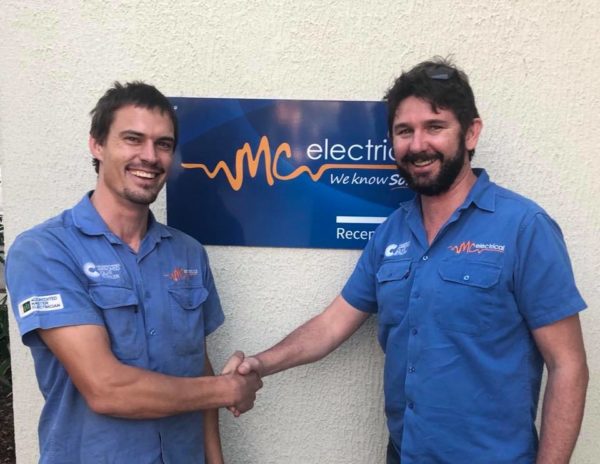
Image: MC Electrical
In the end, Maxeon granted the claim on “goodwill,” but Cavanagh said the company seemed more upset by the tone of his email than by problems with a three year old product that is supposed to last 40 years. “That’s just an extreme case of how hard it is to deal with these people,” he says.
“That kind of makes you really nervous when LG have just gone bust and SunPower does that,” Cavanagh adds.
Importers hold the ultimate liability
Another aspect Nigel Morris thinks is under-appreciated for warranties is that it is the importer who holds the ultimate responsibly for their products in Australia. “The person who brings it across the boarder then carries the liability for it,” Morris says.
“What that really means is if you’re a savvy solar business, you want to understand not just where you’re buying your panels and your inverters, but you want to understand who is the importer and who holds the ultimate responsibility for liability and how secure are they. Because that’s the obvious place where people will phoenix to get away from that liability.”
This is something Cavanagh has been grappling with recently. He formerly imported directly from manufacturers, but recently shifted to an electrical wholesaler to source his Q Cells products. Initially he thought the process unnecessarily involved a middle man, but said he’s since changed his mind. “Now if the panel fails in 15 years time, there’s a much higher chance of them [the electrical wholesaler] being around than Q Cells being around,” he says. “So I can go back to them.”
Ultimately though, he feels solar warranties need to be reduced to timeframes where they are actually meaningful, around the 10 to 15 year mark. If not, these unkept promises ultimately erode trust and undermine the businesses of those who use the products.
This content is protected by copyright and may not be reused. If you want to cooperate with us and would like to reuse some of our content, please contact: editors@pv-magazine.com.
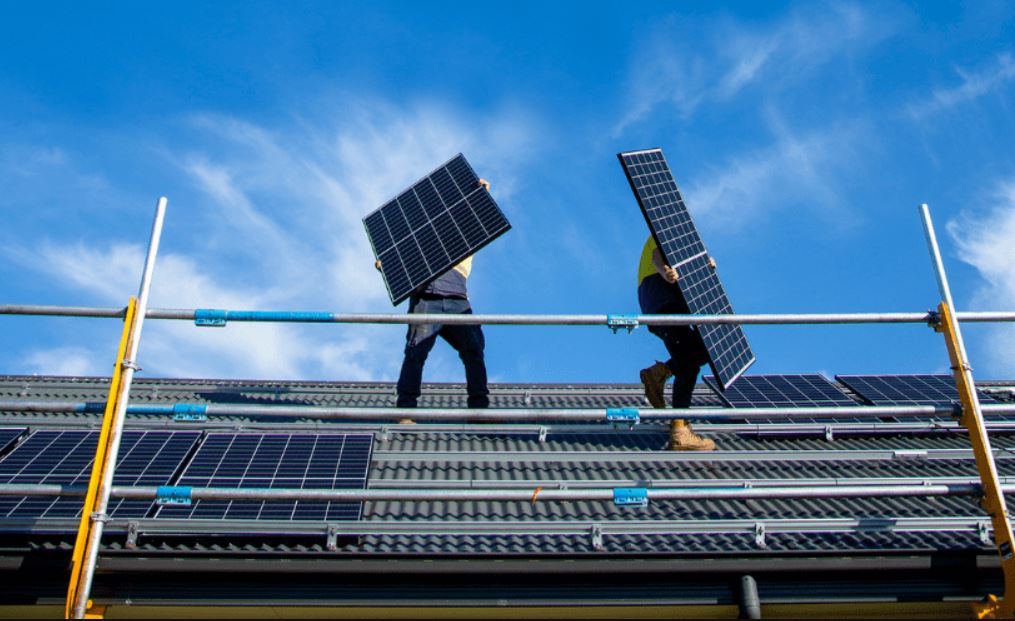



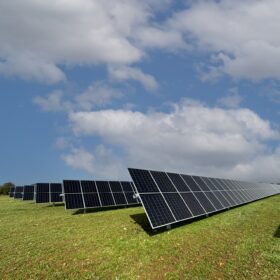
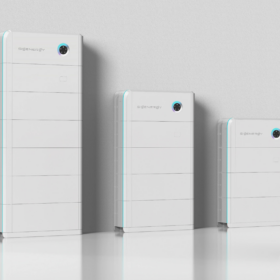
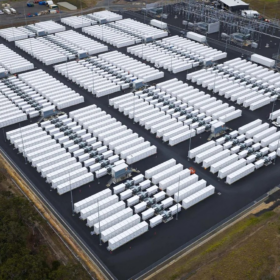
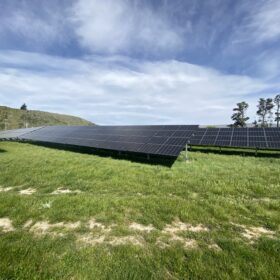
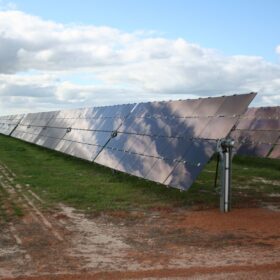
Fascinating discussion. Thank you Bella and also to Mark.
I have seen many “no – name” panels offered recently with 25 and 30 year warranties. In most cases these are extended warranties being “added on” by the wholesaler or retailer, over and above the manufacturer’s 10, 12 or 15 year warranty. Personally I think the chances of the cheapest panels available lasting for 30 years are very low. The chances that the wholesaler or retailer who offered the “extended” warranty still being around to honour it in 30 years is also very, very low.
I have seen Sunpower panels fail after 13 years in service, and even after 8 years. Considering they were one of the first manufacturers to offer full 25 year warranties, it does not bode well for the real cheapies.
There is a lot of misdirection in Solar sales. Ludicrously long warranties is one way unscrupulous salespeople convince customers to sign. This is what is driving this warranty “arms race”.
Another misdirection tactic is panel wattage. I can still sell a system with 18 x 370W panels, and that’s 6.66 kW. If you are installing 415 W panels though, you install 16 of them, and that’s 6.64 kW.
Almost the same – but the seedier sales people will convince the customer that 415 W panels are better because “they put out more power”.
Per panel? yes. for the whole system? no. But I couldn’t count on both hands and both feet how many times I’ve had a customer challenge our choice of panels because our competitors are offering panels that have a “higher power output”.
We’re now in the position where panels are getting physically larger to satisfy this endless lust for higher wattage ratings per panel.
2013 -2017; 250 to 330 Watt standard panel dimensions were 1650 x 992, weight 18 kg.
2018 – 2020: the 360 – 380 watt panels started appearing, and panel size went up to 1760 x 1040, weight 20 kg.
2021 – 2023: We’re starting to see panels that are 1909 x 1134, weighing 23.5 kg.
So solar panel physical size has increased >30% from 1.64 m2 to 2.16 m2.
And solar panel weight has increased > 30% at the same time, from 18 kg to 23.5 kg.
Do any of the manufacturers, end customers, or industry regulators care about what effect this has on the health and safety of installers….? It’s much harder to handle a >2m2 panel on a roof in the wind.
The “arms race” in the solar industry is great in some ways (increasing cell efficiency, reducing price per watt), but in other ways, the constant urge for “newer” “bigger” “longer warranty” etc. is taking it’s toll on the most vulnerable participants in the industry: installers.
Hi Andy, thanks for your comment! You raise some super interesting points here – this increase in size might make sense in the utility sector, but for rooftops it can be problematic. Ps. I love your term ‘solar arms race’!
The issue of PV module warranties has been of concern for years.
Who in their right mind expects a product with a value of <$400 to have a warranty of 25+ years?
As, for Andrew's misdirection comment, he inadvertantly offers a strong case in point. Arguing over 20 Wp of PV capacity by selling a system as 6.66 kW (18 x 370 W vs. 16 x 415 W) when it is connected to a 5 kW inverter is typical of the snake-oil sales tactic that has been rife in the industry for the best part of a dozen years.